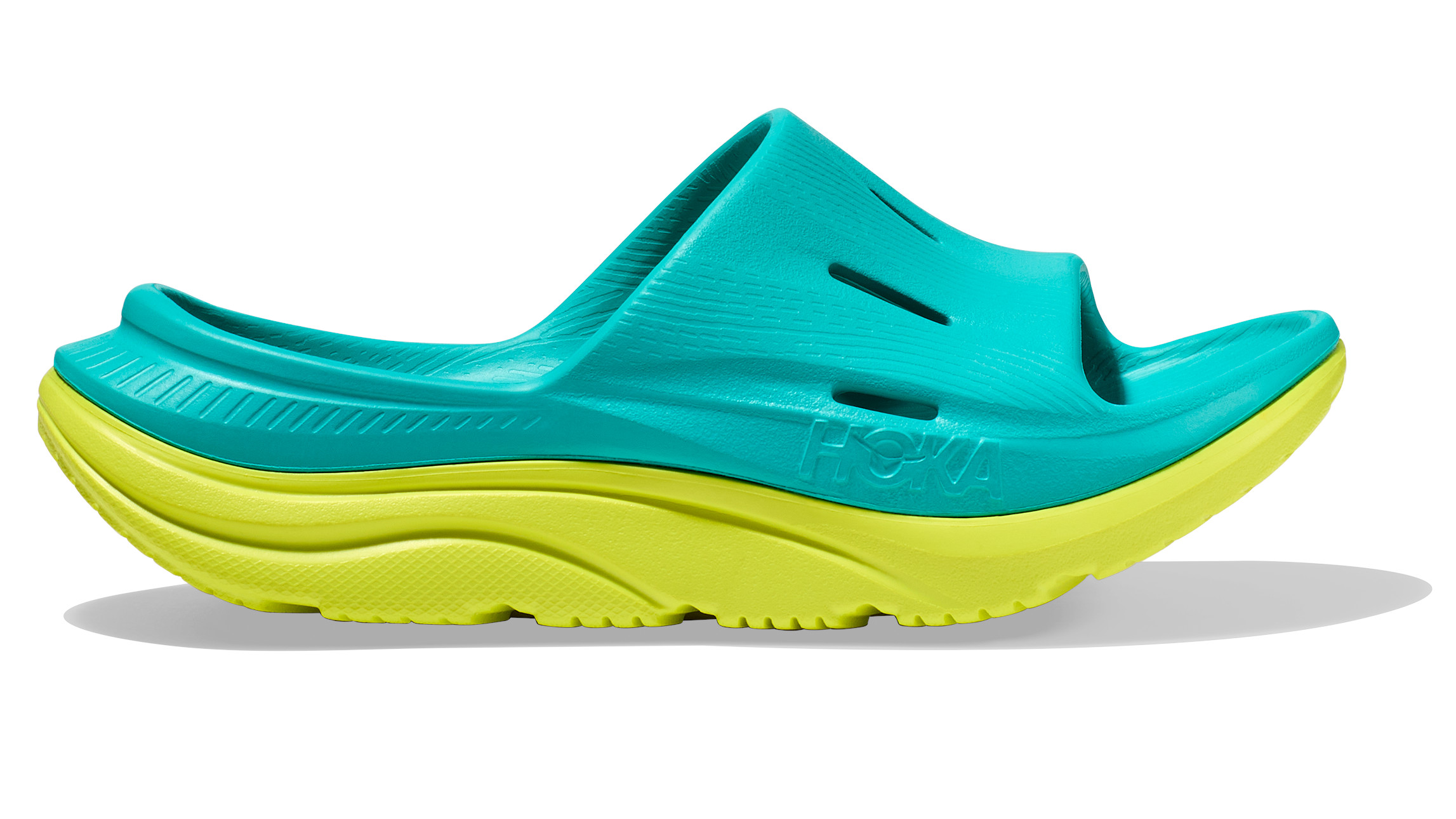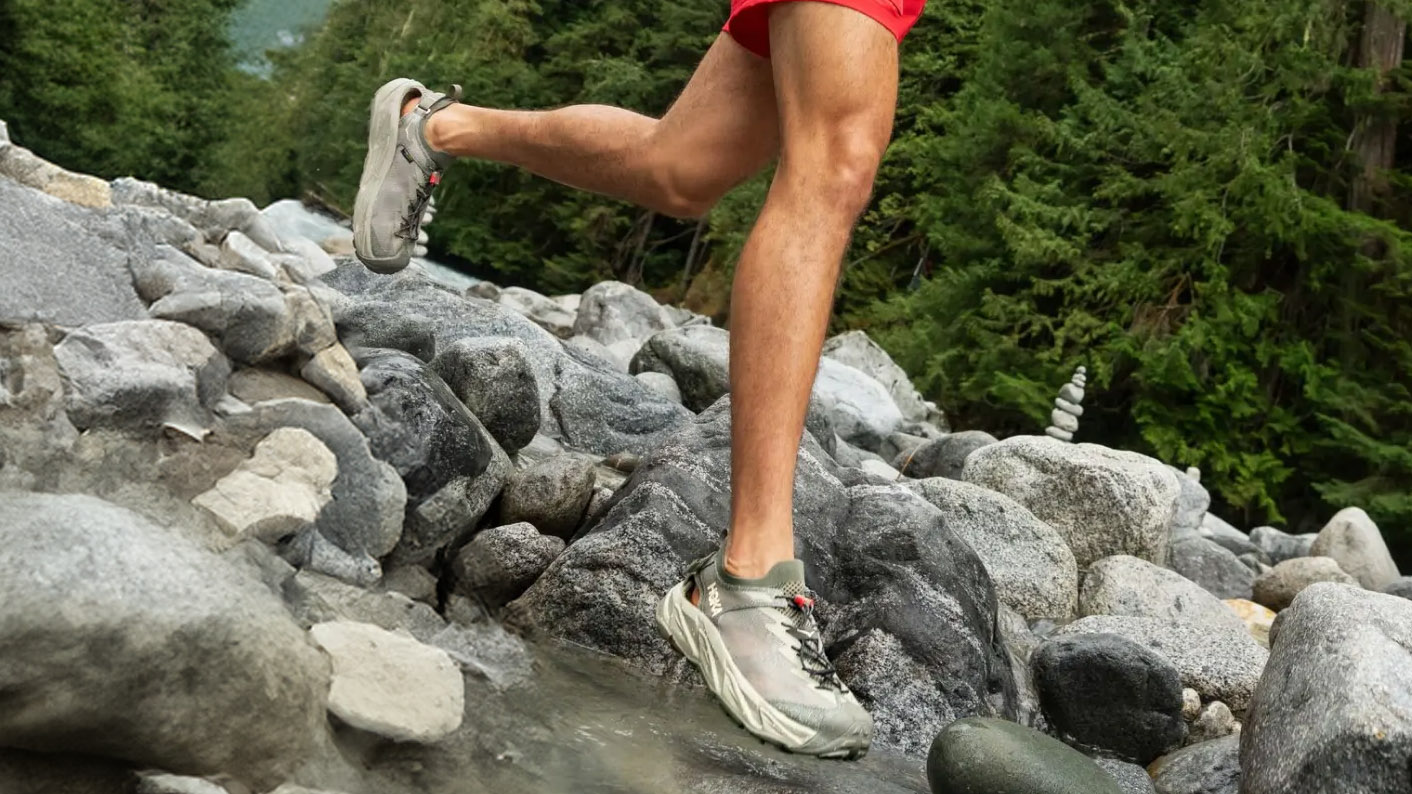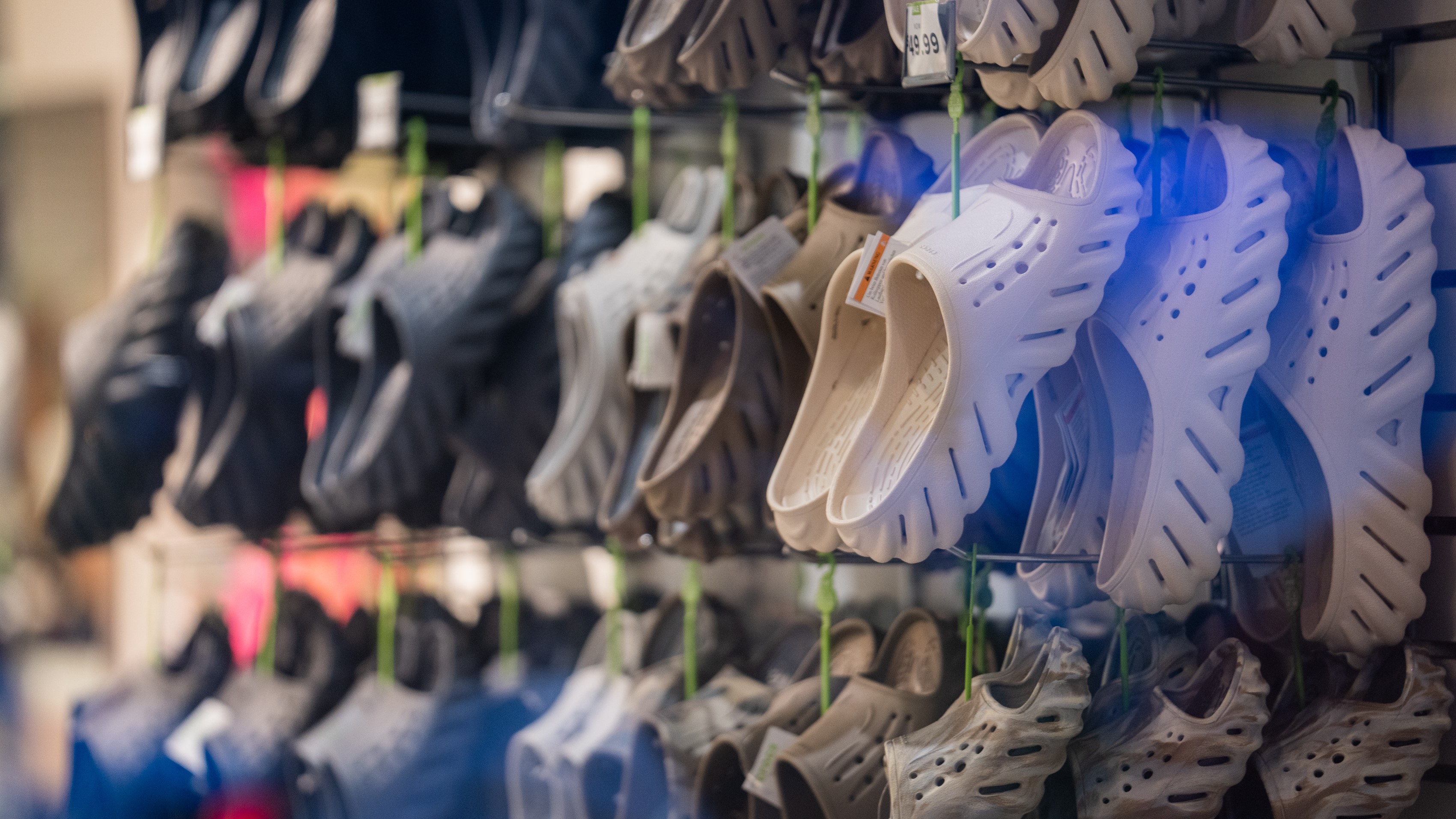Ultra runners can’t seem to get enough of recovery shoes – but do they really work? And which pair is best?
We ask the experts how recovery shoes work, and whether you need to invest in a pair

Running is one of those activities that’s meant to be low maintenance, but the more I do it, the more gear I seem to need. At first, it was just a pair of trail running shoes to help me negotiate rough terrain near home. Then I needed a running jacket and a hydration pack once I started traveling further afield.
Soon enough, I had a GPS watch on my wrist to track my pace and heart rate and even help me navigate. And of course along the way I’ve picked up road-to-trail running shoes for mixed terrain, lighter shoes for summer adventures and more robust footwear for winter and longer runs.
It wasn’t until I started to see ultrarunner Jim Walmsley rocking out in his Hoka sliders on Instagram that it occurred to me I might also need recovery shoes. I’m no ultra runner, but I do experience tired feet after a long day on the trail. According to my Coros Pace 3 watch, the main thing that helps me recover after one of those days is time, and I personally like to incorporate yoga, hot saunas and cold plunges – but could another pair of shoes really help move things along?

What are recovery shoes?
Recovery shoes is a bit of a blanket term to encompass shoes designed to be worn for a few days after a long run to help your feet and lower legs heal.
"After a challenging run the first thing that you want to do is take off your shoes and socks, allowing the foot to relax without any confines. Putting your feet back into regular shoes just doesn't hit the spot – your foot won't relax and as a result, won't feel comfortable,” explains John Jennings, a footwear buyer at Runners Need.
“Recovery-specific footwear does exactly the opposite, as they are made to ensure comfort and a relaxed fit.”
Recovery shoes usually come in slide or clog designs and share several key characteristics. First, they’ll have a generous wedge of EVA foam in the midsole, and I mean generous. The popular Hoka Ora Recovery Slide has a stack of 40 mm in the heel, which is even more than the bounciest of maximalist running shoes like the Hoka Bondi. Think giant foam pillows on your feet.
Advnture Newsletter
All the latest inspiration, tips and guides to help you plan your next Advnture!
The similarities with maximalist running shoes don't end there. Recovery shoes also sport a rocker sole and lots of support under the arches. So can't you just keep wearing your maximalist running shoes? Jennings explains that there is a key difference between recovery shoes and your chunkiest running shoes with their stiff carbon plates that are designed to rebound and repel hard surfaces.
“Recovery footwear is made from a different underfoot foam which is much softer and ensures there are no jolts or bangs being sent upward.”
Furthermore, because recovery shoes are nearly always of the sandal or clog variety (except for the Arc’teryx Kragg which doubles as an approach shoe), they leave your toes free to spread and extend after being cooped up inside your running shoes for hours (or days) at a time.
In short then, recovery shoes are designed to minimize the impact of walking on feet that have just done a lot of running by providing flexible cushion, letting your toes splay and minimizing the range of motion your feet and ankles move through while you walk.

Do recovery shoes really work?
I’ll admit, I was a little skeptical on the science of recovery shoes, so I put this question to David Gilmour, a runner, advanced sports therapist and co-founder of Glasgow Sports Injury Centre.
He explains that the basic principle of recovery is to protect. Let’s say you run a marathon – for your average person, that’s at least four hours of running and entails somewhere in the realm of 50,000 steps where you’re bashing your feet against the ground repeatedly. The best way to help your feet recover afterward is to stop running and minimize further impact by protecting your feet.
“What branded company would do is make a shoe with loads of protection so for the next few days it’s like walking on pillows,” says Gilmour.
That said, unlike other running technology such as carbon plates, which research does show can improve running economy, it’s almost impossible to scientifically prove whether something – compression socks, sports massage – fundamentally aids recovery. That’s because healing is such a personal thing and depends entirely on variable factors such as the race, the terrain and the athlete in question.
“There’s probably something in it, but there’s no science to prove it,” says Gilmour.
So are recovery shoes just another gimmick to get you to part with more of your hard-earned cash? Maybe, but just because the science can’t be tested in a lab doesn’t necessarily mean the shoes can’t be helpful.
“If a brand like Hoka has come out and said this would probably help you recover, they’re probably not far off the mark. There’s certainly nothing negative about putting on a protective shoe, but I just don't know if they can prove the science,” says Gilmour.
So it all really comes down to whether or not you think your feet could use a little extra protection after a long effort. If so, read on for our suggestions for the best recovery shoes out there.

What are the best recovery shoes?
Hoka has kind of cornered the market on big, chunky shoes, so it’s no surprise that a lot of runners swear by the Hoka Ora Recovery Slide which cradles your tired foot and has added airflow channels for increased breathability.
Meanwhile, Jennings tells us his favorite is the OOFOS OOahh Slide which has a high stack of soft foam that absorbs 37 percent more shock than most footwear. An engineered footbed cradles the arches, absorbs impact and allows you to move naturally.
Hiking shoe brand Keen has also got in on the action with the Yogui Clog which promises to massage your feet while you walk, while trail running powerhouse brand Salomon has the Reelax Break 6.0 which true to their usual form isn’t quite as chunky and is a bit more versatile as a result.
Finally, you might actually already own a pair of recovery shoes if you have the Crocs Classic Clogs – they’re an acquired taste, sure, but they’ve got plenty of support and they double as a water shoe for your summer adventures.
Julia Clarke is a staff writer for Advnture.com and the author of the book Restorative Yoga for Beginners. She loves to explore mountains on foot, bike, skis and belay and then recover on the the yoga mat. Julia graduated with a degree in journalism in 2004 and spent eight years working as a radio presenter in Kansas City, Vermont, Boston and New York City before discovering the joys of the Rocky Mountains. She then detoured west to Colorado and enjoyed 11 years teaching yoga in Vail before returning to her hometown of Glasgow, Scotland in 2020 to focus on family and writing.

